6 mins read
Updated Apr 05, 2023   |   6 mins read
The average ATV insurance cost is $100.47 per month for a standard policy, but it varies widely depending on your coverage, driving history, vehicle, and other factors. Fortunately, there are steps you can take to lower your premium if you feel it's not affordable.
Written by Aly Yale  
Updated Apr 05, 2023
If you own an all-terrain vehicle (ATV) or utility terrain vehicle (UTV), then having appropriate ATV insurance is critical. Not only can insurance protect you (and your wallet) in case of accident or injury, but depending on where you live, it might be required by law.
Often, ATV insurance falls under the category of motorcycle insurance. For those looking to take out an ATV insurance policy, it’s important to know what the costs of coverage generally look like — as well as what factors can impact your premiums. In many cases, you may be eligible for various discounts that can lower the costs of your ATV and UTV insurance.
If you’re on the hunt for UTV or ATV insurance coverage, this guide can help. Learn about the average costs of ATV insurance, factors affecting your premiums, common discounts, and more below.
On this page:
Based on our collection of quotes, the average ATV insurance cost is about $100.47 per month for a standard policy. This price can vary anywhere from $40.75 to $237.77 per month, depending on your desired level of coverage.
To obtain our quotes, we used the following details:
Here’s how each insurance premium quote varied by company:
| Company | Quote (Monthly) |
| Markel | Basic = $40.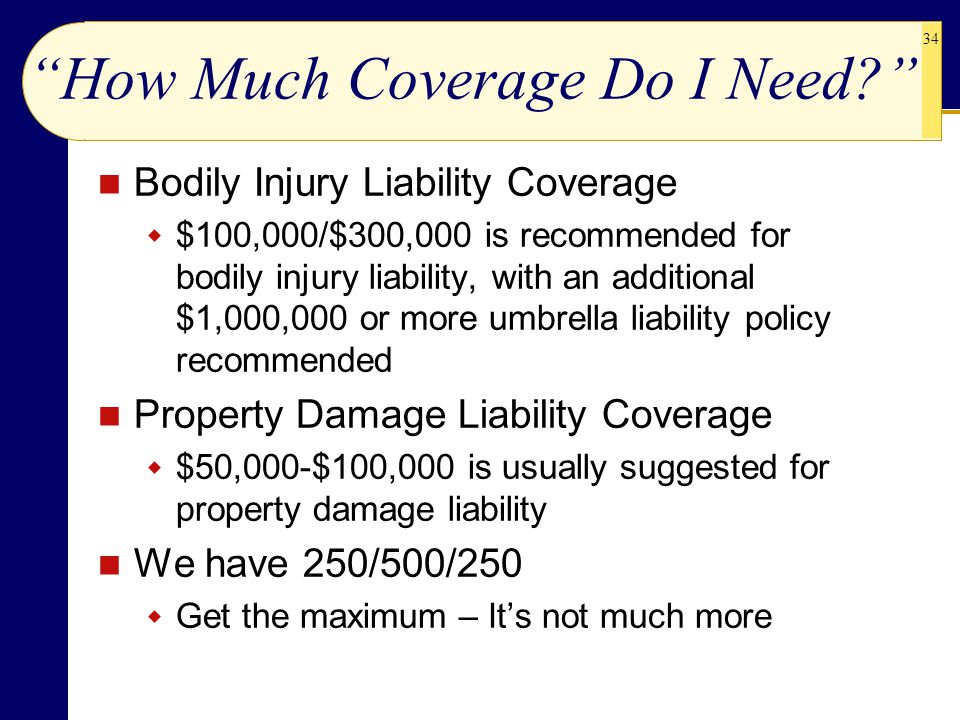 75 75Standard = $53.42 Enhanced = $84.75 |
| Progressive | Basic = $47 Standard = $61.50 Enhanced = $69.33 |
| Nationwide* | Basic = $69.75 Standard = $93.17 Enhanced = $134.25 |
| Allstate* | Basic = $103 Standard = $114 Enhanced = $135 |
| GEICO | Basic = $145.37 Standard = $180.24 Enhanced = $237.77 |
| Average | Basic = $81.17 Standard = $100.47 Enhanced = $132.22 |
*Discounts were automatically added at checkout. The other insurers listed did not disclose any automatically added discounts.
Note: Not all issuers offer the same coverage levels. For this reason, we focused on mentioning the level of coverage (basic, standard, enhanced) rather than listing specific amounts.
Generally, the more ATV insurance coverages you select, the more reimbursement you want, and the lower your deductible, the higher your premium will be.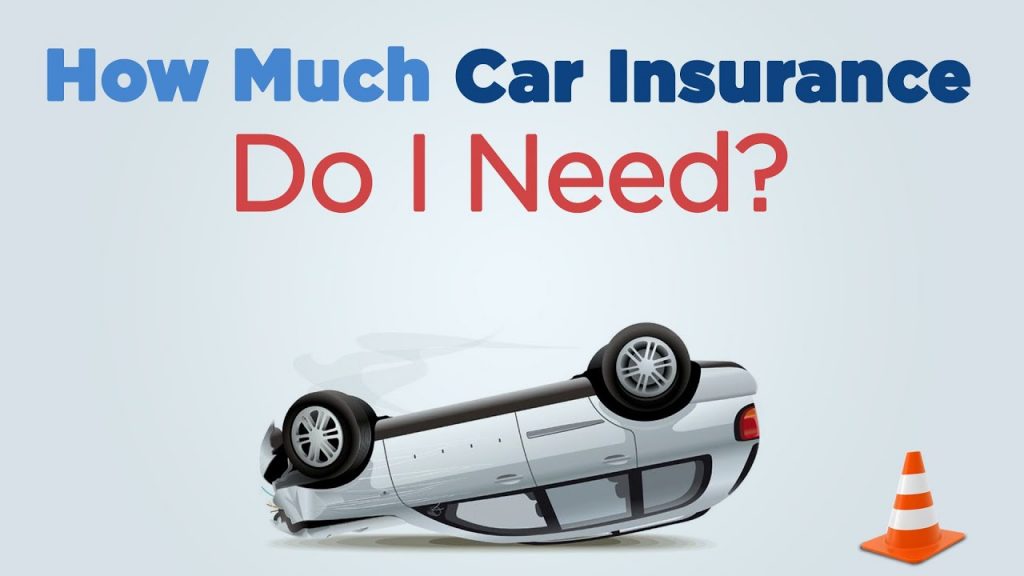 The most comprehensive insurance policies with the lowest deductibles tend to be the most expensive.
The most comprehensive insurance policies with the lowest deductibles tend to be the most expensive.
Below, you’ll see various coverage options through Allstate. The basic insurance policy, which includes the lowest levels of coverage, costs $103 per month. The highest-coverage plan — the enhanced policy — is $135 per month.
| Coverage | Basic Policy | Standard Policy | Enhanced Policy |
| Bodily Injury | $30,000/person $60,000/accident | $100,000/person $300,000/accident | $250,000/person $500,000/accident |
| Property Damage | $25,000/accident | $50,000/accident | $100,000/accident |
| Medical Payments | $1,000/person | $2,500/person | $5,000/person |
| Uninsured or Underinsured | $30,000/person $60,000/accident | $100,000/person $300,000/accident | $250,000/person $500,000/accident |
| Collision and Comprehensive | $500 deductible | $250 deductible | $100 deductible |
| Quote | $103/month | $114/month | $135/month |
When looking for any type of auto insurance, it’s essential to strike a balance between affordability and appropriate coverage.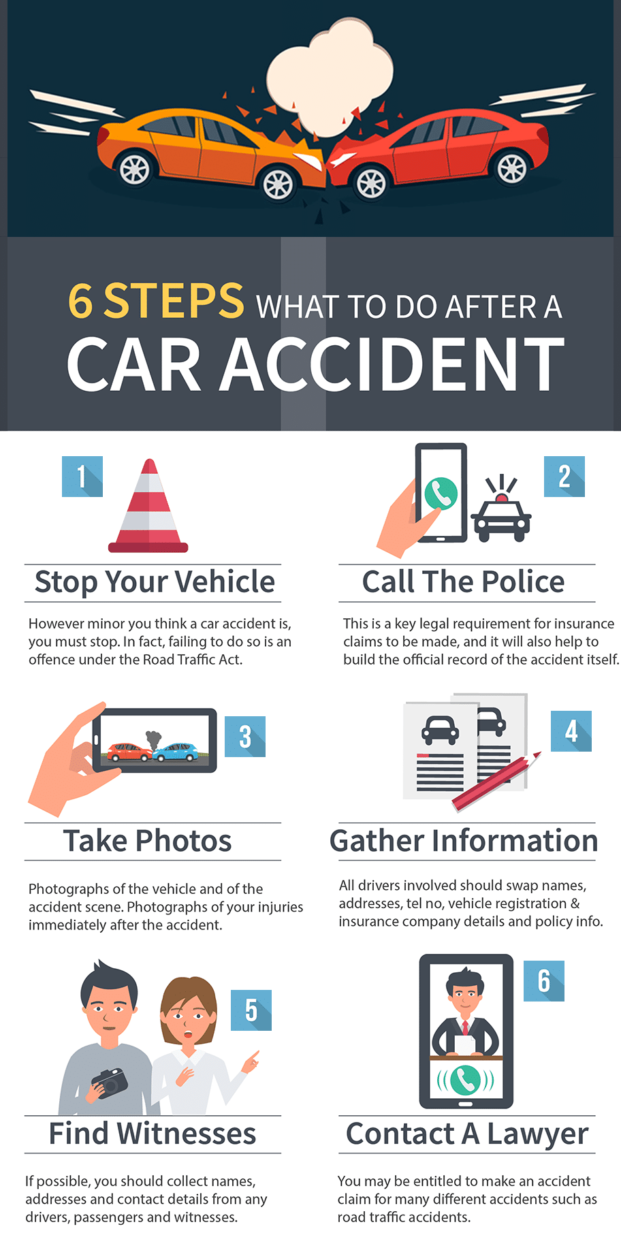 Monthly cost matters, but remember: If you’re in an accident, the amount of coverage will determine how much you’ll spend out of pocket, so this is an important factor as well.
Monthly cost matters, but remember: If you’re in an accident, the amount of coverage will determine how much you’ll spend out of pocket, so this is an important factor as well.
In addition to coverage, several other factors can impact your ATV auto insurance rates.
As you can see above, the type and amount of coverage you choose can significantly impact your insurance premiums. Additionally, some factors influence cost, including things like:
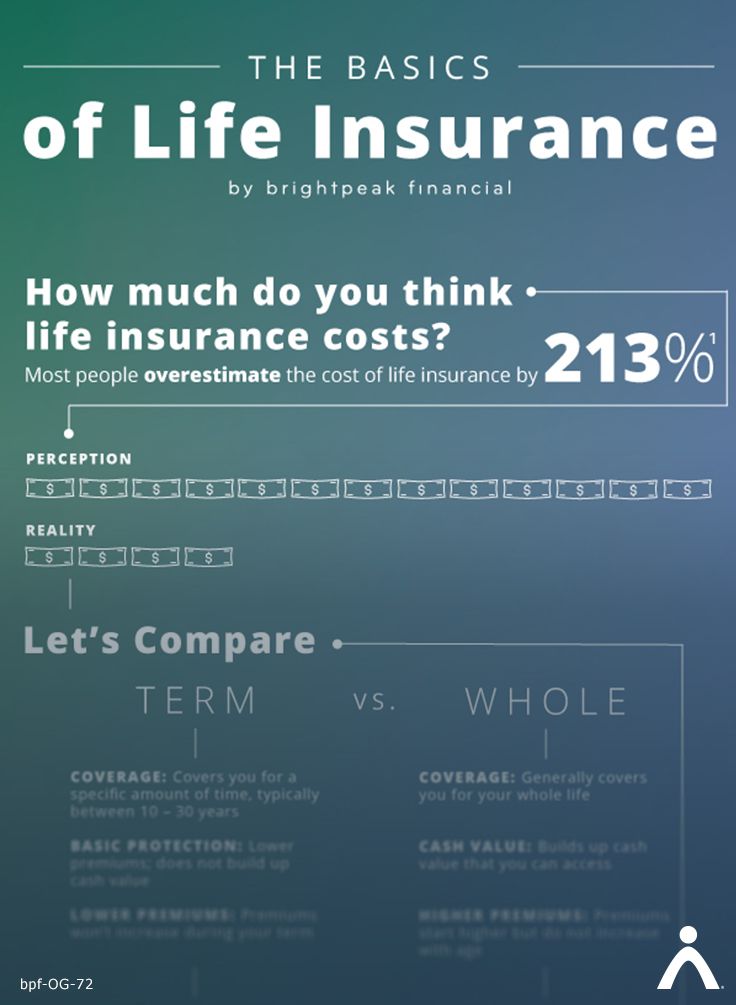 If you’re riding your ATV or UTV to work each morning, or you plan to drive it 10,000 miles this year, you’ll probably pay a bit more.
If you’re riding your ATV or UTV to work each morning, or you plan to drive it 10,000 miles this year, you’ll probably pay a bit more.Unhappy with a quote you’ve gotten? Because there are so many factors that play into ATV insurance premiums, there are quite a few steps you can take to reduce your insurance costs.
To get cheaper ATV insurance, you have three options: 1) select less coverage or smaller limits, 2) qualify for a discount, or 3) lower your risk in one of the categories mentioned above.+Plans.jpg) For tips on the two latter options, see below.
For tips on the two latter options, see below.
Insurance companies often offer discounts for policyholders as ways to lower premiums and encourage good habits. Though specific discounts vary by insurer, here are a few common ones we’ve seen for ATV and UTV policies:
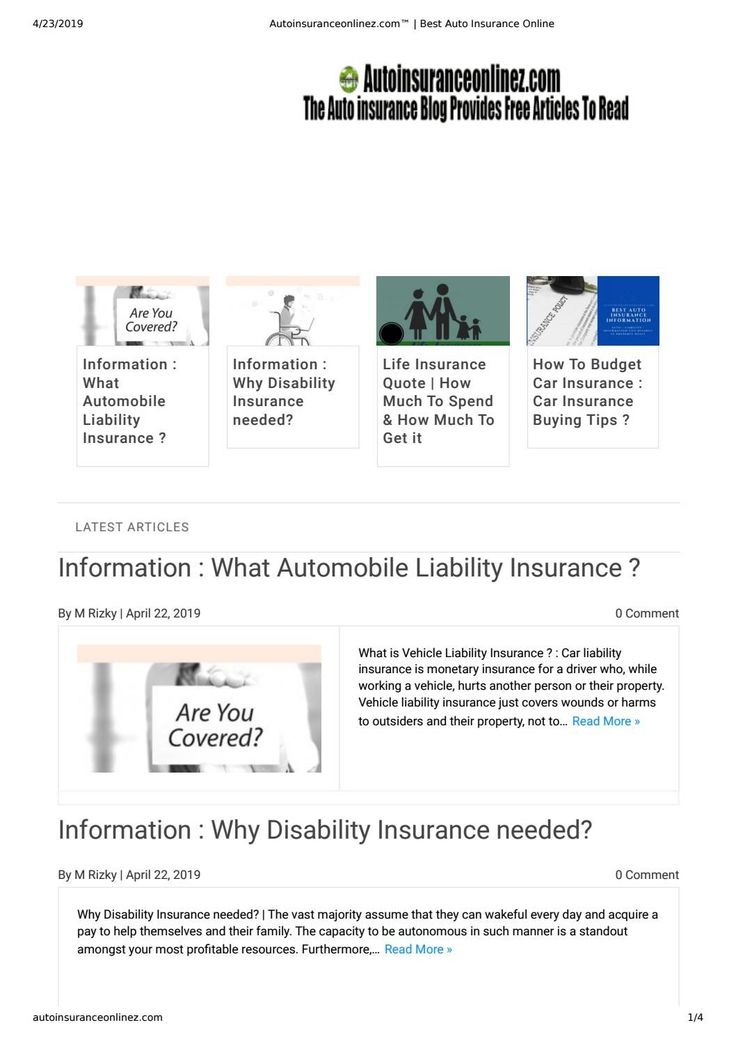
Sometimes, paying your full year’s premium upfront (rather than monthly) can help, too.
You can also lower the risk you present to the insurer in one of the above categories (age, usage, etc.). Some examples include driving safer, taking a driver safety course, occasionally using your ATV, buying a lower-cost vehicle, or not allowing younger drivers on board.
Comparing your options is key when looking to get an ATV insurance policy. Use the table above to get an idea of what coverage costs, and reach out to individual insurance companies for more personalized quotes for your all-terrain or utility vehicle.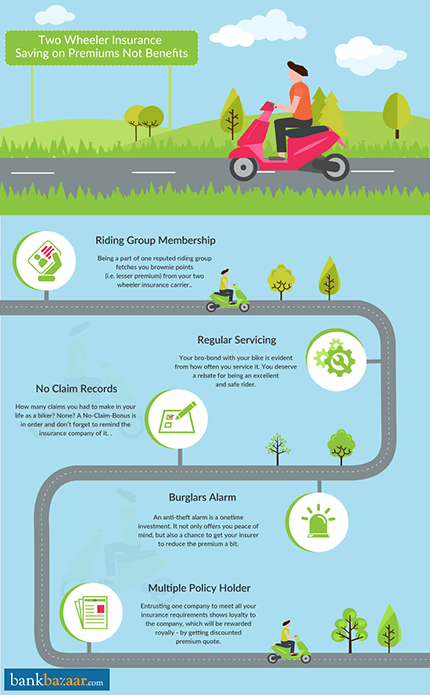
Risks are commonly associated with ATV riding- both for the rider, the vehicle, and those they encounter along the way. With that said, there are many reasons to consider purchasing an ATV insurance policy- though you might not be convinced if it is not legally required of you.
As some basic ATV policies cost less than $100/year, and some riding locations require it, ATV insurance is worth the cost. The risks associated with riding an ATV can yield high costs (medical care, property damage, etc.) if you or the other party in an accident are uninsured.
Of course, some people might have their own reasons for not purchasing ATV insurance- especially if they only plan to use their ATV in low-risk situations on private property. But, if you plan to use your ATV anywhere other than your own land, if there is property that you could accidentally damage on your own land, or if you are not going to be the only one riding it, then you should strongly consider ATV insurance.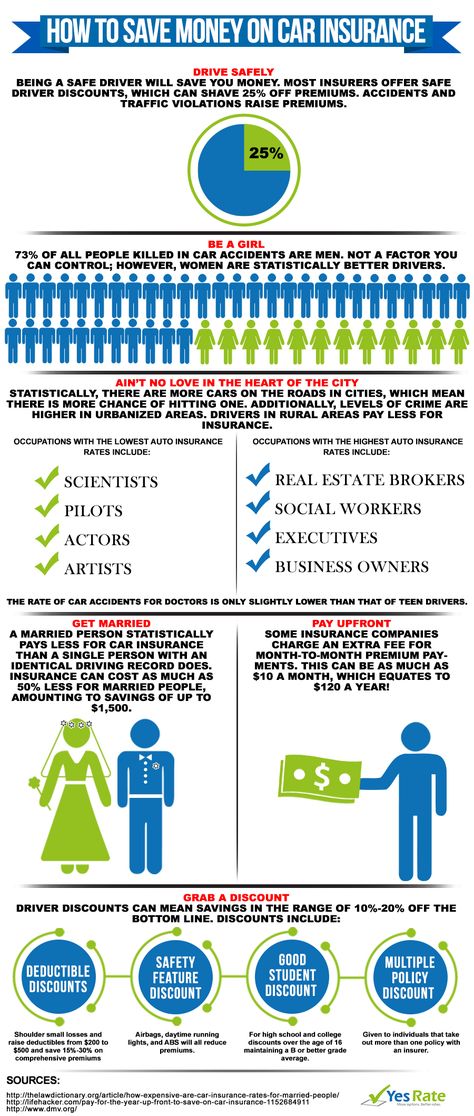
Continue reading for a complete breakdown of ATV insurance and why we believe it’s worth the relatively minimal cost.
Table of Contents
Not every ATV rider is going to be convinced to purchase ATV insurance, but this is truly a shame. Accidents are called that for a reason- they are not intended, expected, or sought after. Instead, they happen when they are least expected, and they happen to those who least expect them.
While some are minor, others are severe. Insurance to cover the range can help you (and others involved in an accident) to feel more secure.
ATV insurance is worth the protection it offers for you and others that you could accidentally harm while operating your vehicle. ATV insurance policies can be purchased at a relatively minimal annual cost and have various ranges in the protection they offer. Whether driving in low-risk or high-risk situations, ATV insurance is recommended to all riders.
“Risk-free” is not something that ATV riding is known for, after all. Should anything happen to you or your family members while riding on your ATV, you can at least rest assured that you will not be placed in an unfortunately stressful financial situation. Instead, you can opt to have yourself, your property, and injuries to other people/properties covered.
While this is especially important for those who plan to ride their ATVs in high-risk situations, this is not an exclusive category. However, if you do plan to drive off of your personal property such as on a local track or trail, or if you plan to enter into a state park that legally requires ATV insurance, then you will need to consider the purchase.
What you are paying for with ATV insurance is more than just the financial coverage that it will provide for you should you get involved in an accident.
Yes, the finances are obviously important, but the coverage extends so much further.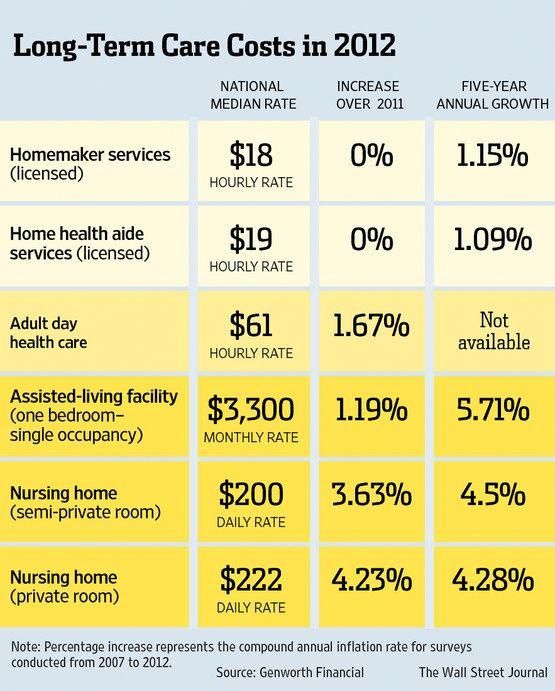 In choosing to buy ATV insurance, you are extending protection over your family’s worry and concern over how to pay the bills, the difficult conversations surrounding your/your neighbor’s property that was damaged, and so much more.
In choosing to buy ATV insurance, you are extending protection over your family’s worry and concern over how to pay the bills, the difficult conversations surrounding your/your neighbor’s property that was damaged, and so much more.
Theft protection insurance could save you a lot of money and headaches if your ATV ever gets stolen.
Some might even say that if you cannot afford to buy ATV insurance, then you cannot afford an ATV. Especially when you look at the costs of ATV insurance being so minimal (at a basic plan, at least), this really becomes an easy decision when it comes down to it. While rates will vary based on the provider, you can certainly find one that can work for you and your budget.
Here’s a quick video covering some common questions on ATV insurance.
One of the major reasons that people choose not to purchase ATV insurance is because it is not legally required, so they assume that they do not need it.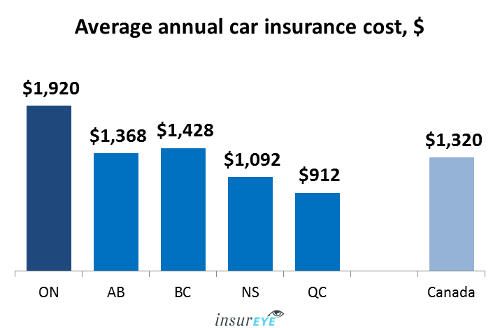 Interestingly, the association with “need” and being legally required is quite strong, though there are other implications that many ATV riders miss. ATV insurance is beneficial for so many reasons, whether it is legally required or not.
Interestingly, the association with “need” and being legally required is quite strong, though there are other implications that many ATV riders miss. ATV insurance is beneficial for so many reasons, whether it is legally required or not.
That said, there are no state laws that require ATV insurance considering ATVs are not often street legal and therefore avoid the implications of other motor vehicles. Even if they are street legal, there might be safety requirements such as wearing a helmet while riding, but often insurance is not required.
However, there are a few cases when ATV insurance is legally required. These include when riding in a state park that requires ATV insurance for all riders, entering into a competitive ATV sporting event that lists racing insurance as a requirement, and if you are leasing or financing the vehicle.
Though not all dealers that offer a lease or finance on an ATV require ATV insurance, many do.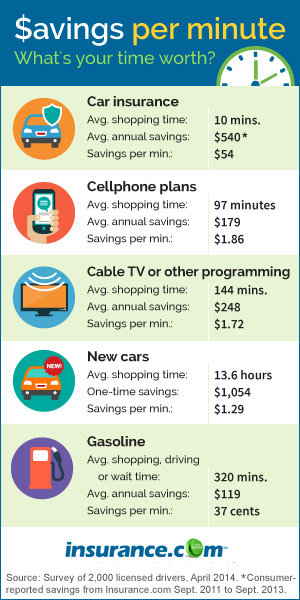 This is typically because of the debt that you will technically owe to the dealer.
This is typically because of the debt that you will technically owe to the dealer.
Since you have not paid for the vehicle in the full amount while you are still leasing or financing it, the dealer technically owns part of the rights to the vehicle. To protect themselves, they may require you to insure your ATV.
Often, dealers require this in the instance that you accidentally wreck the vehicle and cause damage to it, or in the instance that the vehicle suffers damage from unexpected inclement weather or theft. In this case, the protection is mainly about the vehicle itself, considering it is not fully your property and they have not received the full payment for the vehicle.
If you are not sure whether you are legally required to purchase ATV insurance, just take a look at the areas that you are planning to ride in.
While you can opt-out of ATV insurance if you are only riding on your private property, it is likely that you will want to venture elsewhere at some point. In this case, it is best to simply purchase the insurance and save yourself the headache (and financial heartbreak) in the long run.
In this case, it is best to simply purchase the insurance and save yourself the headache (and financial heartbreak) in the long run.
Here’s another quick video with some helpful info about ATV insurance.
So, we have established that ATV insurance is not necessarily legally required depending on your riding circumstances. But, you might be wondering if you still need ATV insurance. It is best to take a look at your unique goals and the area that you plan to ride your ATV in to figure this out.
Though it is not legally required in most states, purchasing ATV insurance can be a relatively minimal cost compared to the risk of injury to yourself, others, your vehicle, or others’ property.

If you plan on riding off of your personal (private) property, and if you plan to use higher speeds than a work hauling pace, then you should strongly consider ATV insurance.
Further, purchasing ATV insurance is not only about its effects and coverage for you and your vehicle. If you are riding in a public place (including your local neighborhood where you could accidentally hit someone’s mailbox or another piece of property), then your ATV insurance protects others (and their property) as well.
Of course, the coverage depends on what is included in your policy. Either way, it is better to have insurance than not, and since the basic plans can keep costs pretty low for you annually (and, thus, monthly), there are few arguments strong enough to avoid ATV insurance.
Especially if you are paying for a higher cost of your ATV in the first place, plan to go on riskier adventures with friends, or use your ATV for a sport even more than a hobby, there is really no reason not to purchase ATV insurance.
While some experienced ATV riders recognize that they will need to purchase a separate ATV insurance policy, others might hope that their pre-existing insurance policies on other pieces of property could cover their ATV, too. And, as this sounds nice, it is not often the reality of how ATV insurance policies work.
Generally speaking, ATVs are only covered by ATV-specific insurance policies, though some motorcycle insurance policies will extend their benefits to ATVs.
Typically, homeowner’s insurance, auto insurance, and health insurance will not cover ATVs and ATV riding as it is considered an additional piece of property and often found as a hazardous activity.
Of course, if you are trying to lump a pre-existing insurance policy with your ATV, or if you are checking to see what would be covered for your vehicle/you when you are riding, it is best to check with your insurance provider.
They will be able to provide you with the details that are specific to your policy according to your agency, what you pay for, your deductible, coverage details, etc.
More often than not, homeowner’s insurance does not cover ATVs. Usually, an ATV is considered additional property that requires its own policy. Coverage may be provided for an accident/injury that occurs on your own property, but not necessarily.
There are many gaps in homeowners insurance that would hold you financially responsible without ATV insurance.
Auto insurance, though generally covering the driver versus the car, often excludes the use of all-terrain vehicles from the vehicles included in your policy coverage. Considering ATVs are considered a different type of recreational vehicle (often hazardous), auto insurance does not often cover ATVs. But, you may be able to join the two policies for a reduced rate.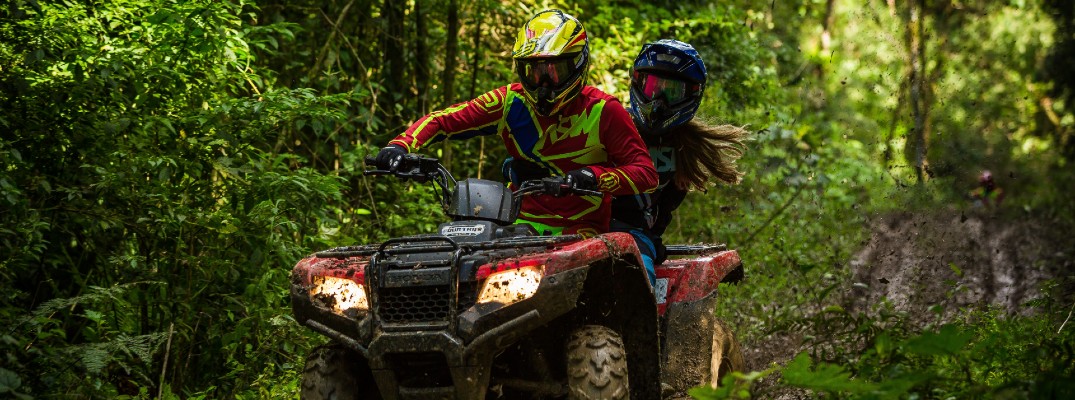
Interestingly, some motorcycle insurance policies will include ATVs under their coverage options, though this is not always the case. If your insurance provider is not willing to cover both under the same policy, then you can often find a reduced joint rate.
Be sure to check with your provider for coverage details regarding your ATV under your motorcycle insurance policy.
While you might assume that your health insurance would cover bodily injury associated with ATV riding, some policies block this coverage. This is because ATV riding is considered to be a hazardous activity and might require additional coverage options at a higher cost. Be sure to check with your policy provider before riding, just in case of an accident.
With all of the many reasons to get ATV insurance, you might be wondering what you will actually be paying for.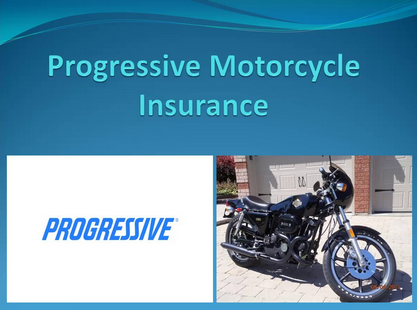 Sure, it sounds nice in theory (especially now that you know a few basics about it), but what does ATV insurance actually include.
Sure, it sounds nice in theory (especially now that you know a few basics about it), but what does ATV insurance actually include.
ATV insurance covers a variety of components including:
While bodily injury and property damage fall under standard coverage, the remaining components can be paid for with an additional cost.
Interestingly, it is important to note what ATV insurance does not cover. ATV racing is often not covered by standard ATV insurance policies. Instead, you will need a specialty insurance policy designated for ATV racing- possibly for your particular vehicle type.
Further, high-risk or illegal behaviors such as not riding where you should are not usually covered, either.
If you want to play by the rules of ATV insurance, you must be sure to follow the law. For example, if you are riding in an area that is strictly prohibited for ATVs and happen to get in an accident, your coverage might be denied due to the illegal activity in which you were participating.
For example, if you are riding in an area that is strictly prohibited for ATVs and happen to get in an accident, your coverage might be denied due to the illegal activity in which you were participating.
In this case, you would be liable for all of the costs associated with your accident including any personal harm, damage to your vehicle, or the injury of another person and their property.
So, even if you get insurance, this does not give you a free pass. You will still need to follow all state and local ordinances and safety guidelines while operating your ATV.
With that said, you might need a little clarification for what exactly is included with ATV insurance under the context of bodily injury, property damage, medical payments, uninsured/underinsured coverage, collision (with a deductible), and comprehensive (with a deductible). So, let’s take a further look at what these include:
If you are involved in an accident, bodily injury coverage refers to the coverage of any bodily harm to you or another person involved in the accident- typically with the insurance of the person at fault being the one that provides the coverage.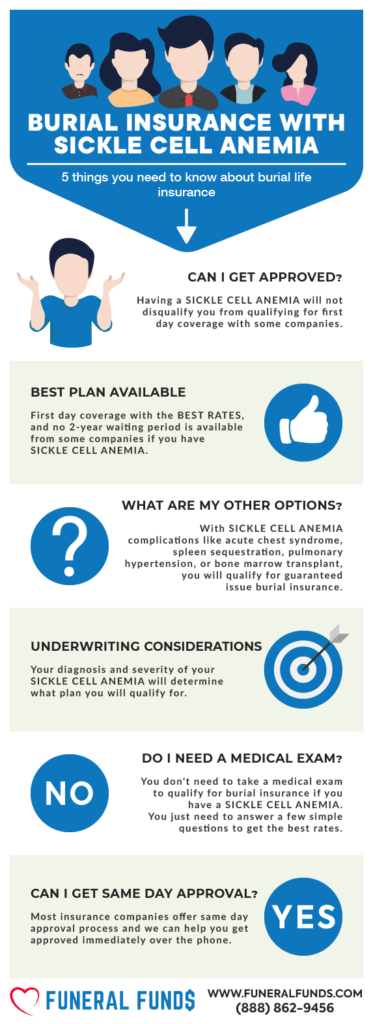
Of course, this will only be covered if your accident occurred in a legal way.
In other words, you will likely only be covered if you were riding in an area where ATVs are permitted. If you are choosing to ride in a high-risk situation such as ATV racing, this might also not be covered. In fact, with ATV racing, you will need a designated ATV racing policy that covers your vehicle under these circumstances.
Not surprisingly, insurance companies tend to charge more and require more coverage for higher-risk situations. This includes reckless drivers, drivers who are not found to be mature (i.e. hitting a certain age range specified by the insurance provider), and driving in high-risk situations.
Under the context of property damage, if you are involved in an ATV accident and damage someone else’s property, your ATV insurance will cover this. If the accident is your fault and other people were not involved, property damage coverage might cover damage to your personal property, too, though be sure to check for your coverage details.
This component is particularly important if you are riding in an area that you might accidentally cause damage to another person’s property.
Since someone can file a lawsuit against you for wrecking into their personal property (regardless of how it happens, what condition you are in, etc.), this coverage can be particularly reassuring as it places no financial burden on you.
Keep in mind that property damage and bodily injury coverage often comes with a limited amount that will be covered. This is usually categorized in a “claims per person”/”claims per accident” total amount. Thus, the claim total amount is not to be exceeded.
Though, generally, it will not be exceeded as the standard total amount is pretty large. Along with this, legal fees are generally covered if there are any personal lawsuits that have been filed, so rest assured that those additional charges will not draw you into debt.
Medical payment coverage is usually an optional coverage portion, though most people are willing to add this on considering what it covers.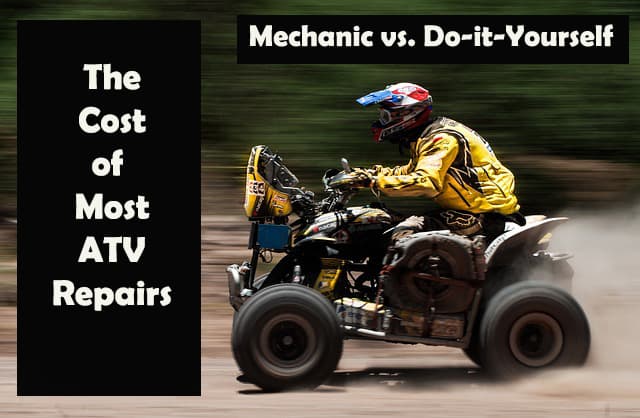 Since the majority of ATV accidents that occur require some sort of medical attention, this form of insurance coverage is generally worth paying for.
Since the majority of ATV accidents that occur require some sort of medical attention, this form of insurance coverage is generally worth paying for.
What medical payment coverage for ATV insurance includes is any bodily injury or medical expenses that are associated with the ATV driver who was involved in an accident. As the bodily injury coverage can sometimes be limited to the coverage of the other drivers involved in an accident (when it is your fault), this clause will allow your medical care to be covered as well.
Associated with medical payment coverage includes anything from:
So, though this can be an optional portion of coverage (and is not always included in the standard ATV insurance coverage option), it is worth checking into.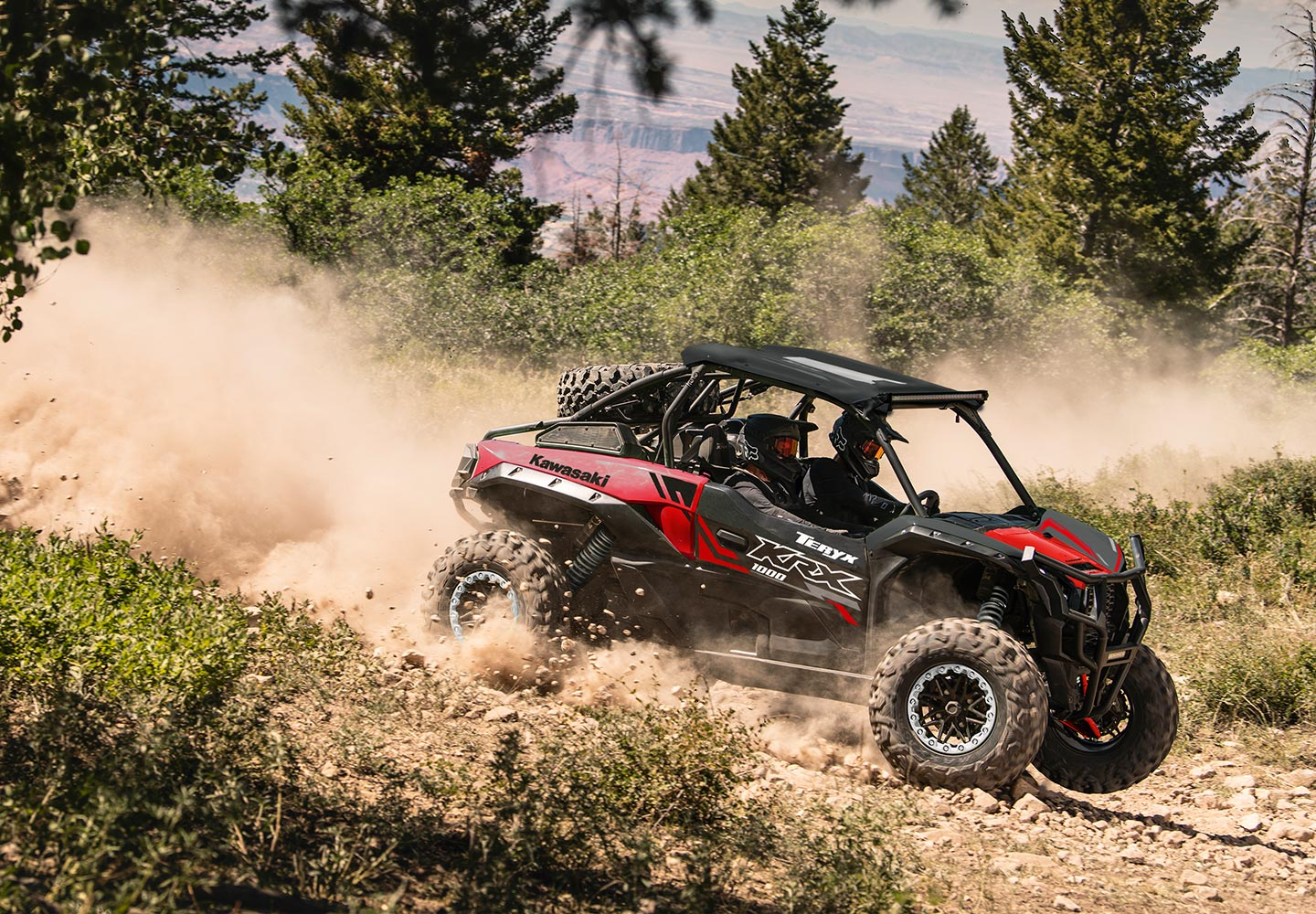
Again, your best bet when looking at what is standard and what is considered “optional” when looking at purchasing ATV insurance is to recognize what type of driving you will do and where.
If you plan on taking more risks, then more coverage might be appropriate for you and your vehicle. Otherwise, the inexpensive cost might not save you in the end.
Another optional component that you can include with your ATV insurance is the uninsured/underinsured coverage. This option will likely cost you a bit more, but this- in essence- protects you from other ATV drivers.
So, if you plan on riding in an area where others are taking bold risks that could result in an injury to you or damage to your ATV, then it might be wise to consider this portion.
Uninsured/underinsured coverage covers expenses that are not covered by the other person’s insurance (underinsured), or if the person has no insurance (uninsured).

By opting in to this portion of insurance coverage, you will be protected whether other riders involved in an ATV accident are insured or not. Otherwise, you might be out of luck if they are not covered. You might have a leg to stand on in court, but who knows how that headache will turn out for you.
Keep in mind that even if you are riding in an area that legally requires ATV insurance (such as a state park), this does not mean that other people will be necessarily following the law.
With that in mind, not only would you need to follow the law and purchase at least the standard insurance option, but you should consider purchasing uninsured/underinsured coverage for your ATV insurance policy, too.
Another optional component for your ATV insurance policy is collision coverage. Unlike other components, this one might not be worth the cost, though it is important to consider your personal situation.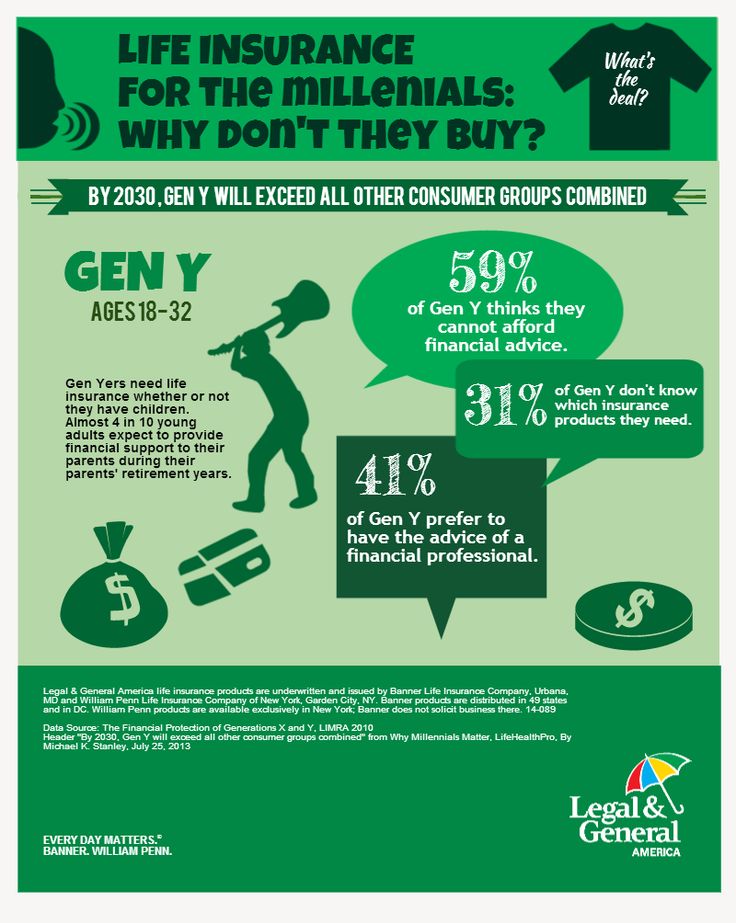
Collision coverage for your ATV includes coverage for the vehicle itself, and if claimed and approved, will grant you the cash of the cost of the vehicle.
With that in mind usually people find that the additional cost of this coverage is more than their vehicle will be worth in a year or two year’s time, so this portion does not seem to be reasonable financially.
However, if you are leasing or financing your ATV, your dealer might require you to purchase this form of insurance coverage.
As you technically do not own the ATV in-full when you are leasing or financing (until the last payment is made), the dealer will hold you responsible for replacing the cost of the vehicle by requiring you to pay for this type of coverage.
Again, this one is probably the most situationally-dependent form of ATV insurance coverage. If you are riding an exclusive ATV that comes at an exorbitantly high cost, then this monthly bill might be worth its value. But, if you are riding a vehicle that comes at a reduced price, then this might not make sense for you.
But, if you are riding a vehicle that comes at a reduced price, then this might not make sense for you.
The last optional component for your ATV insurance policy includes comprehensive coverage. As its name sounds, this covers a comprehensive list of things that could cause damage to your ATV. As this is an added component for ATV coverage, you should consider whether or not the cost is worth it to you. Though, many find that it makes sense to include this portion in their coverage options.
Comprehensive coverage on ATVs will cover damage that is caused by extraneous events. Mainly, events that are not due to ATV riding.
Of course, knowing the area in which you live and how likely your ATV is to experience damage or be stolen can help you to make the decision on how necessary this portion of your ATV insurance coverage is. You may find that the associated cost that this adds to your annual premium is not worth it if you live in a low-risk area.
You may find that the associated cost that this adds to your annual premium is not worth it if you live in a low-risk area.
A major deciding factor for ATV drivers on whether or not they will get their vehicle insured is the associated cost. Thus, it is important to know what your options are in your local area as well as any deals that you can find along the way.
The average cost of ATV insurance will range from $100/year to $1,600/year depending on the desired coverage. This range includes several tiers of insurance such as standard (bodily injury and property damage) to additional options; medical payment, uninsured/underinsured, collision, and comprehensive.
Additionally, the cost of ATV insurance ranges based on the driver and the policy holder’s associated ranges and standards. For example, the cost of your ATV insurance policy will ultimately be determined by the coverage options as well as:
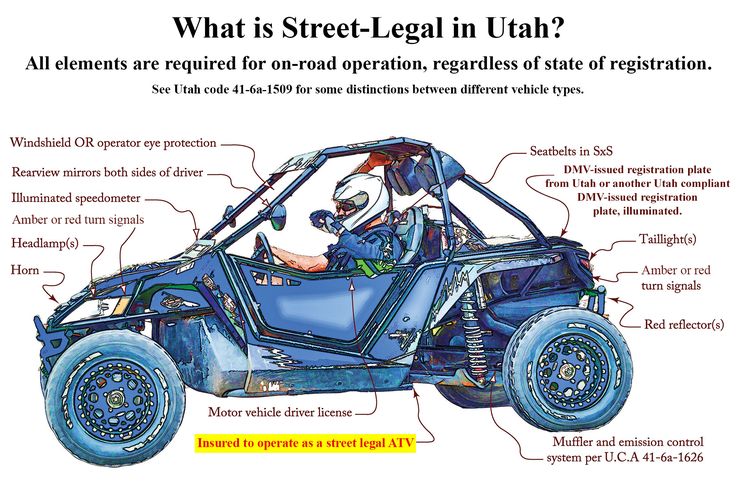
Generally speaking, insurance companies will charge more for drivers that they classify as higher risk. This includes drivers that are not found to be mature (aka young drivers), those with poor driving records, and beyond. It makes sense, too, that an insurance company would charge more for a risky driver than an on-average safe one.
While you might be pleased with the low cost for your ATV insurance policy, you might still be looking to find a few discounts. Fortunately for you, there are a few categories in which you can find a discount for ATV insurance. Those include:
Installation of an anti-theft deviceSome policies will cost less if the vehicle has an anti-theft device installed. As this type of device reduces the risk that your vehicle will be stolen (and therefore the replacement cost covered by the insurance company), there are often discounts available for having this in place.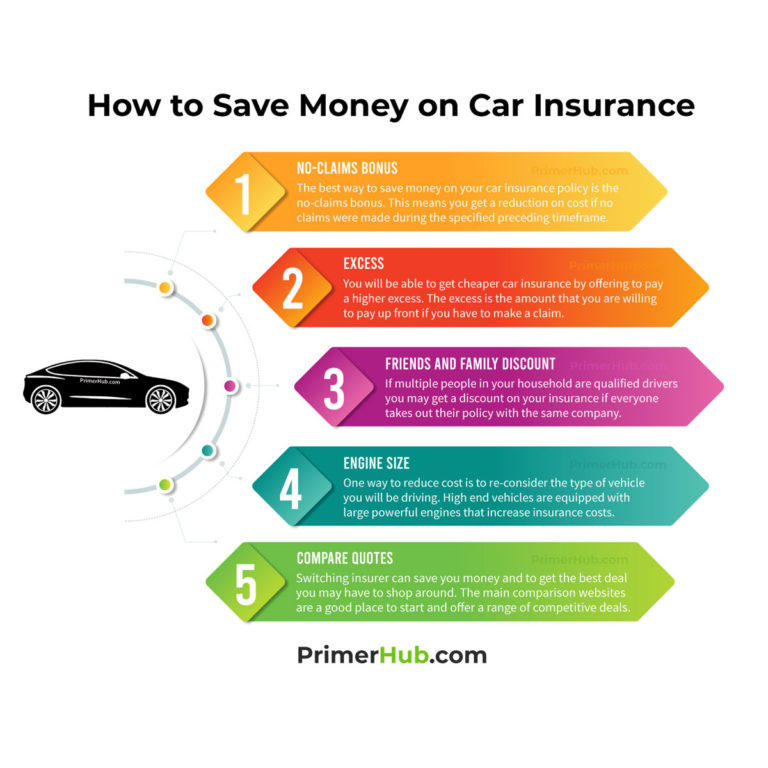
Choosing to bundle your ATV insurance with another form of insurance can help you to find an even lower cost- possibly for both options. You can bundle your ATV insurance with home and auto or review your motorcycle policy to see if your ATV is covered.
Safety course completionInsurance companies love safe ATV drivers. Though ATV driving always comes with risks, taking a safety course can help to reduce some of them and prepare drivers for safer alternatives. Completion of a safety course can help to reduce your ATV insurance policy for some policyholders.
Paying in fullDepending on the insurance company, you might be able to receive a better rate or discount for paying for your insurance in full. Instead of breaking up your payment into monthly payments, pay all at once for the annual total and receive a reduced cost. If you can afford it, it will feel nice to knock this out.
Mature rider discountsOlder, mature drivers often receive a discounted or reduced cost for their ATV insurance. As older riders are perceived as taking fewer risks on their ATVs, insurance companies reward this with lower insurance rates. Talk with your policy provider about what the mature rider age is for their coverage options.
As older riders are perceived as taking fewer risks on their ATVs, insurance companies reward this with lower insurance rates. Talk with your policy provider about what the mature rider age is for their coverage options.
Generally speaking, yes. While the definitions for these vehicles vary (especially as different states classify ATVs differently), the insurance coverage is typically the same for these vehicles. If you have a UTV, it is best to look for an ATV insurance policy and double-check to ensure that the policy provider covers your UTV under the same type of coverage.
Sharing is caring!
The popularity of ATVs has grown significantly over the past few years. ATVs are a great option for off-road trips and competitions, they are appreciated by hunters and fans of extreme riding.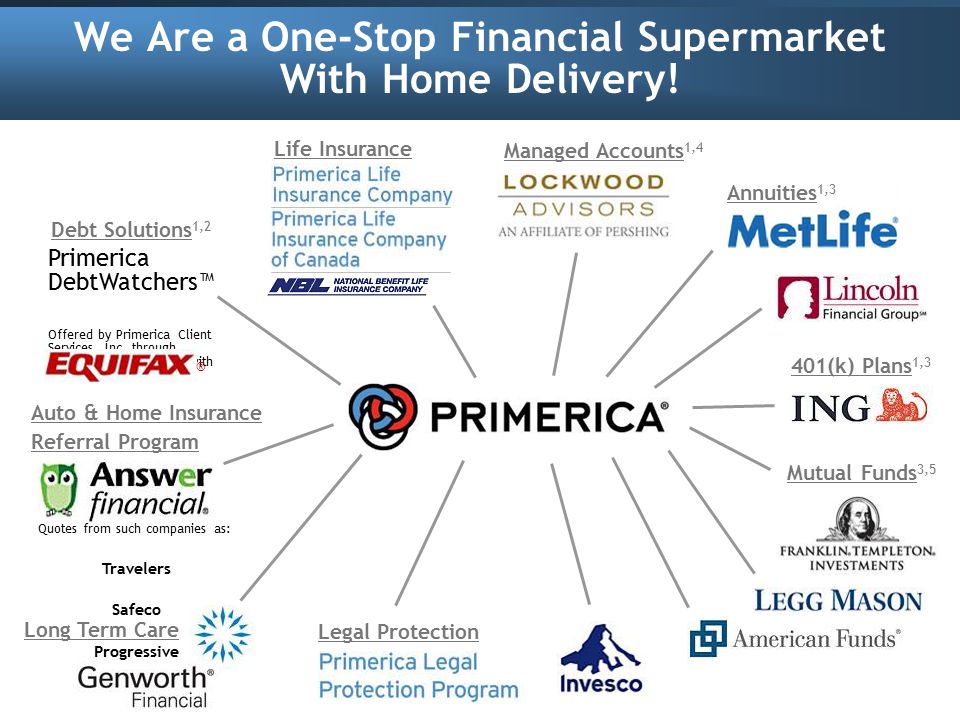 Many owners wonder if such a vehicle needs to be insured after purchase. This question is answered by the experts of the water-motor center "Sport Extreme".
Many owners wonder if such a vehicle needs to be insured after purchase. This question is answered by the experts of the water-motor center "Sport Extreme".
Most often, ATVs are used for sports and entertainment. In our country, they are officially classified as self-propelled vehicles - those that are rarely used on public roads. By the way, snowmobiles, tractors and combines belong to the same category. And while there are no changes in the legislation of the Russian Federation on this matter, the owners of motorcycles decide for themselves the question of the need for insurance.
Every quad bike owner should remember: if he needs, even occasionally, to go to the city or to the highway on his "iron horse", he automatically becomes a road user. And here the law already operates: any vehicle is subject to compulsory insurance. Therefore, when deciding whether to insure or not, consider for the future what roads you plan to drive on.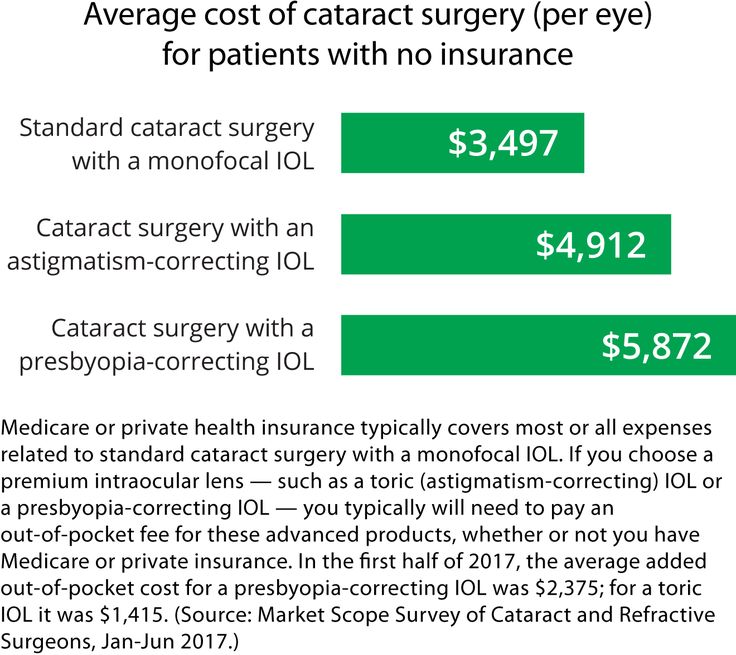
On the one hand, an ATV is a vehicle, on the other hand, property. And you can insure it from a number of situations. When applying for a policy with an insurance company, the owner himself chooses from what situations he considers it necessary to protect his ATV: theft, damage (in an accident and not only, damage to equipment by third parties, natural disasters, including snow falling from the roof, etc.) .
If you are concerned about insured events both on the road and off it, make out CASCO, if only the first option is enough CMTPL.
The procedure will require a minimum package of documents. During a personal visit to the insurance organization, you must have with you:

If you are the owner of the vehicle, but another person will drive it, then you will need a passport (or a copy) of this driver to enter it into the insurance. There may be another situation: if you are not the owner of the ATV, then take the owner's passport with you.
Some companies offer to issue a policy remotely. In this case, the employee who will communicate with you via the Internet, by phone or in instant messengers, may additionally ask you to send your clear photo.
ATV is often used irregularly, so it is far from always profitable to make a policy for a year. Select the periods during which you plan to use the transport. It doesn't have to be a whole summer or fall season. You may well choose specific months (for example, you expect to work hard in the office until July, spend July at the resort, and already in August and September ride an ATV with a breeze.
You can find this out on the websites of insurance companies (as a rule, there are online calculators there) or by calling the contact numbers of these organizations.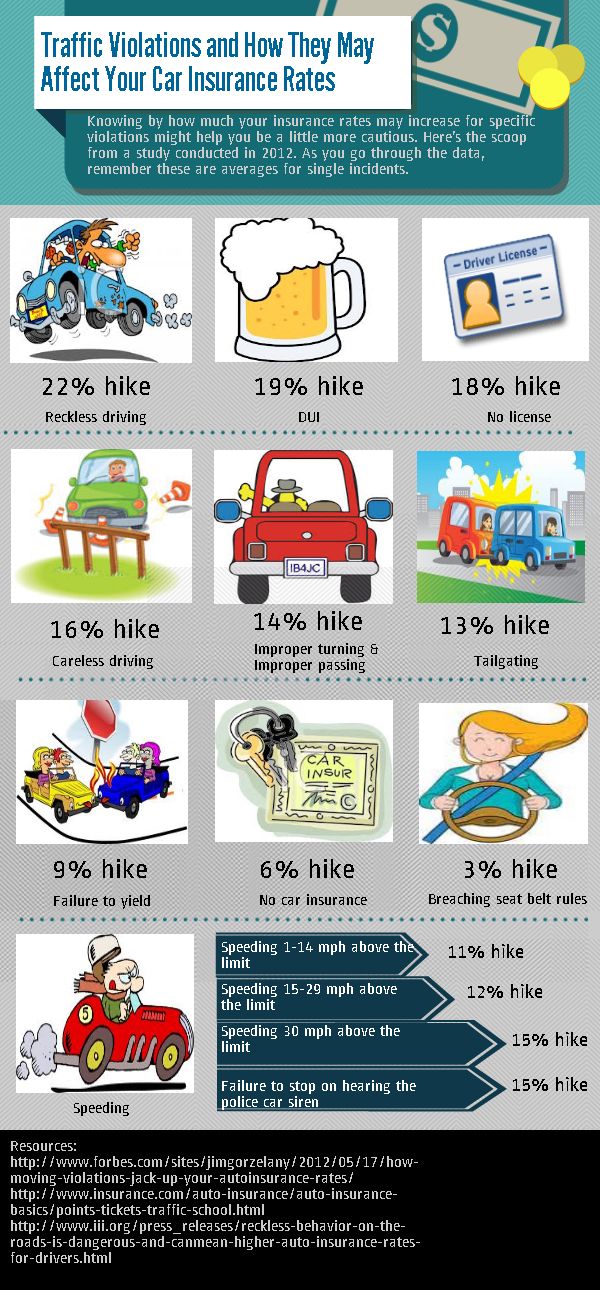 The cost of the service is calculated individually for each client. But there are a number of factors that can influence the final figure in one direction or another:
The cost of the service is calculated individually for each client. But there are a number of factors that can influence the final figure in one direction or another:
The model of the ATV also matters. The more expensive it is, the higher the insurance. For example, a CASCO policy will cost about 20% of the cost of the ATV itself.
Do not rush to contact the first company that comes across. Consider several options, call and discuss the conditions, ask questions. And then choose the most attractive, in your opinion, offer. Before signing, carefully study the contract, including information about what insurance covers and does not cover, about insurance premium payments.
Before signing, carefully study the contract, including information about what insurance covers and does not cover, about insurance premium payments.
The average cost of an MTPL policy for an ATV is several times lower than car insurance. At the same time, the risk of motorcycles getting into an accident is higher than that of conventional cars. This is definitely unprofitable for companies, but refusing a client means practically sending him to a competitor plus violating No. 40-FZ, Art. 1.
Therefore, some insurers try to cheat, for example, offer additional paid products. They do not have the right to impose them, so before purchasing the recommended one, think about whether you really need it. It is your legal right to refuse additional services you do not need.
------------------------------------------------ -------------------------------------------------- ------
If you are just thinking about buying an ATV, take a look at the Sport-Extreme catalogue.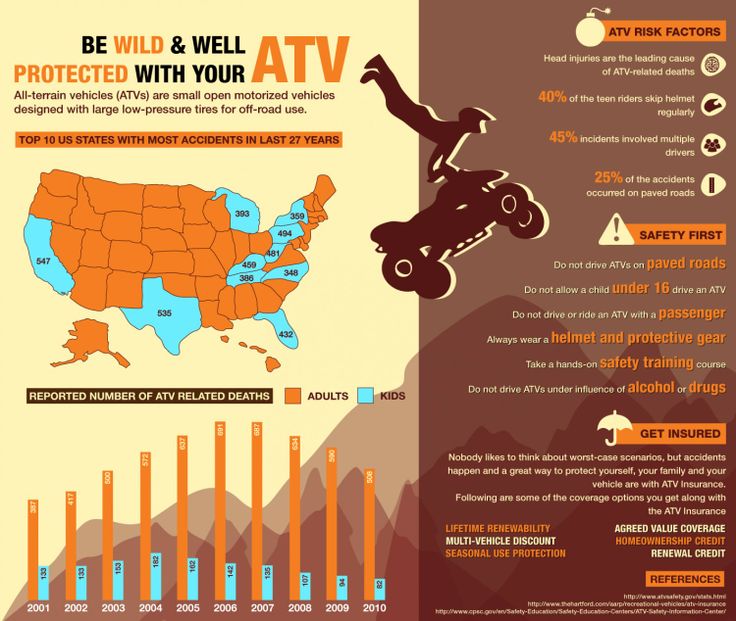 Motor vehicles are presented here in a wide price range from leading domestic and foreign manufacturers:
Motor vehicles are presented here in a wide price range from leading domestic and foreign manufacturers:
On the website of the online store, you can order the delivery of motorcycles to any city in the Russian Federation.
The specialists of the powerboat center will help you choose
models suitable for your goals and expectations.
For a detailed consultation on availability, prices and features, just call +7 (4822) 65-65-03.
Recently, an ATV is in great demand, so the question of insurance for this vehicle is often asked by insurance experts. An unequivocal answer can be obtained by referring to the rules of the road.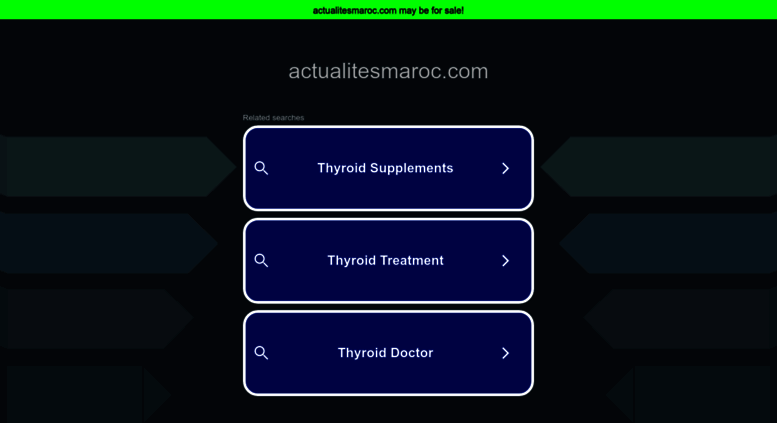 The law states that any vehicle involved in road traffic is subject to insurance.
The law states that any vehicle involved in road traffic is subject to insurance.
According to the legislation of the Russian Federation, an ATV is a self-propelled machine, that is, a type of equipment that is rarely used on the road (combines and tractors also belong to this type of machine), but if an ATV is used to move along the roadway, that is, it participates in road traffic, registration of OSAGO on it is mandatory.
That is, even if the ATV is not used in city traffic or on the highway, but only moves outside the city, it still needs to be insured on the roads that other vehicles use. The fact is that even outside large settlements, this type of equipment can cause damage to another vehicle, which means that there should be an OSAGO policy for such cases.
In other cases, when the ATV is used only for sports and recreation in a country house, insurance is not required.
According to reviews on various resources, drivers are increasingly faced with a situation where the company does not issue insurance for all-terrain vehicles.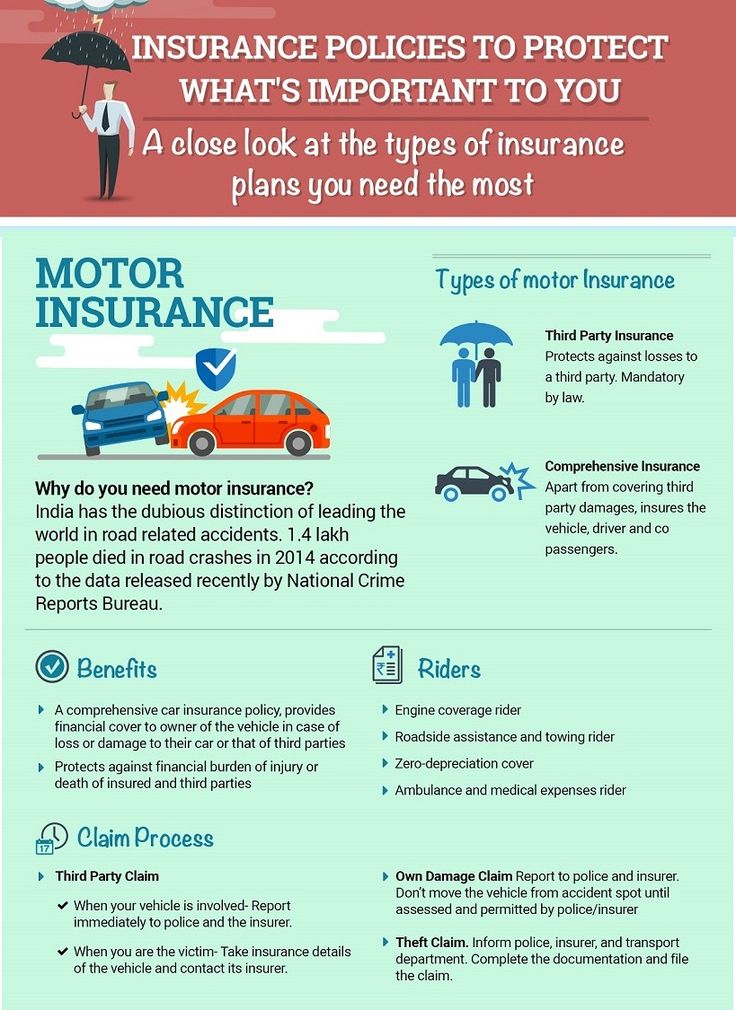 At the same time, referring to various reasons: lack of forms, unavailability of the PCA database, computer failure, lack of a license for motorcycle insurance. There is no legal basis for such refusals. Faced with a similar situation, it is worth requesting a written waiver. After receiving an official letter from the insurance company, you need to write a complaint, indicating in it the name of the company, full name and position of the employee and the address of the office. You can send a complaint to the following authorities: the Central Bank, the RSA, the Antimonopoly Service, Rospotrebnadzor.
At the same time, referring to various reasons: lack of forms, unavailability of the PCA database, computer failure, lack of a license for motorcycle insurance. There is no legal basis for such refusals. Faced with a similar situation, it is worth requesting a written waiver. After receiving an official letter from the insurance company, you need to write a complaint, indicating in it the name of the company, full name and position of the employee and the address of the office. You can send a complaint to the following authorities: the Central Bank, the RSA, the Antimonopoly Service, Rospotrebnadzor.
Important: you can send a complaint to several instances at once. After all, the refusal of the insurance company to issue a policy does not give the right to use equipment without a policy and, if the vehicle is stopped by a traffic police officer, a serious fine will be issued.
So, if an ATV is used to move along the roadway, that is, it participates in traffic, registration of OSAGO for it is mandatory.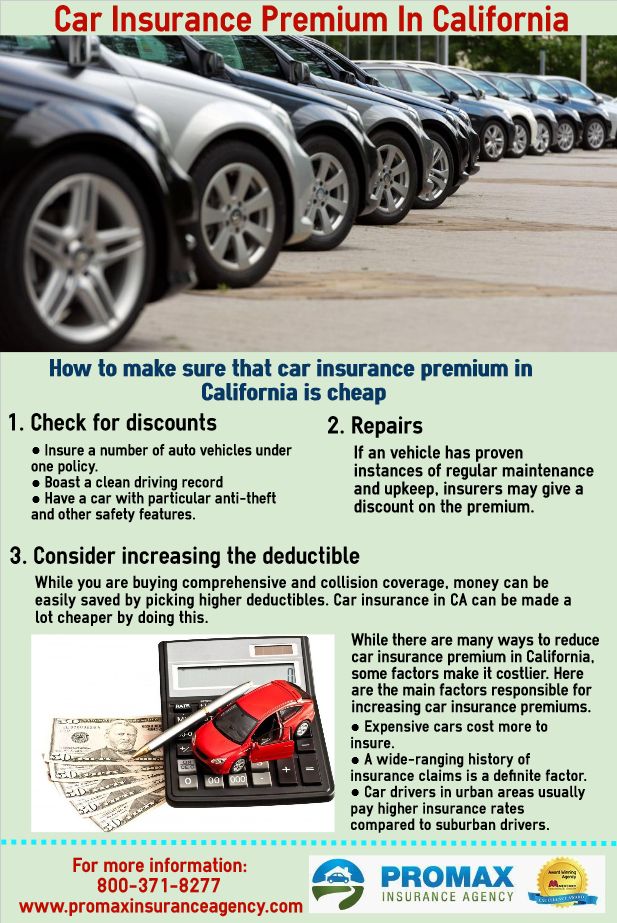
Due to the fact that ATVs are not registered as often as we would like, they are more often registered not with the traffic police, but with the Gostekhnadzor, which is not able to detect stolen goods in the absence of databases and workers in the places of operation, the number of thefts of this equipment is growing. CASCO can help to insure against theft of not cheap equipment. But here, too, insurance companies do not treat ATVs with trepidation, trying to refuse. The reasons are clear: equipment is constantly tested for strength, it can be stolen for the above reasons. That is, the risks of the insured company are great, but they are in no hurry to refuse.
Attention: when insuring CASCO, you should carefully read all the papers: the amount of insurance payments, insured events and, of course, evidence of insured events and risks. You should read each point in order not to be left without equipment and without payments, or with a minimum compensation that will not even cover the cost of paying for insurance.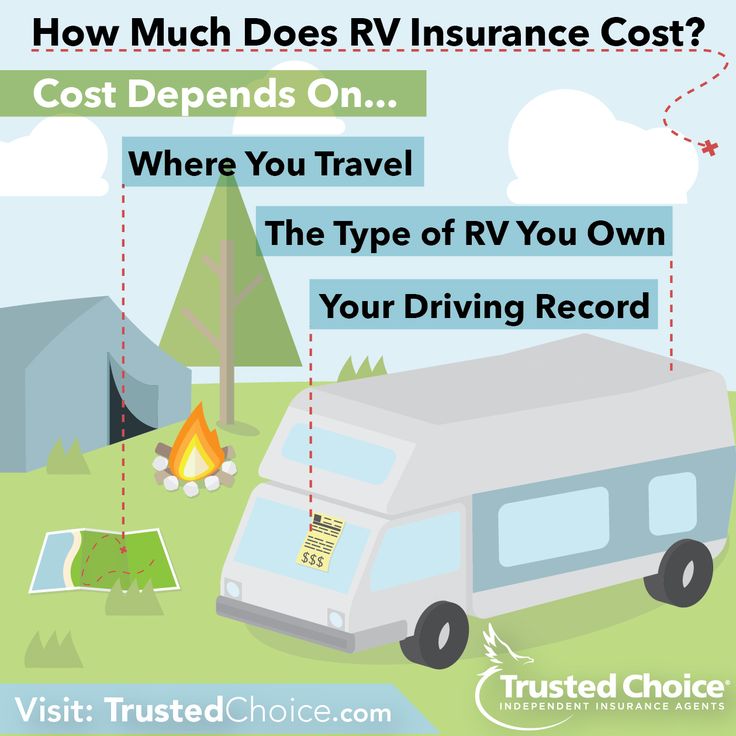
Since 2003, all vehicles that travel on state roads must be insured. In 2018, the conditions have not changed. If you plan to drive your ATV on roads where other vehicles move, an insurance policy is required. Before issuing a compulsory insurance policy (OSAGO), some features should be considered:
- only those who plan to travel on state roads need to buy protection
– you need to pass a technical inspection before insurance
– you should buy OSAGO only for the months you use (winter or summer)
nuances in the preparation of relevant documents. Let's try to understand one of them. Do you still need quad bike insurance? The answer is positive: without insurance and technical inspection, GOSTEKHNADZOR will refuse to register.
When calculating the cost, the following factors will influence the premium:
– the market value of the equipment at the time of insurance.